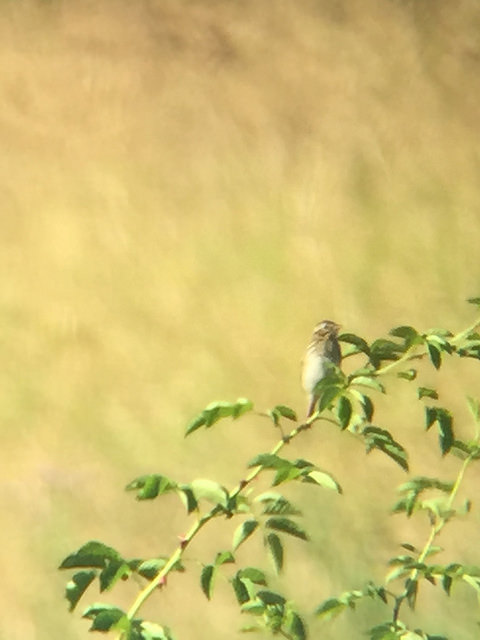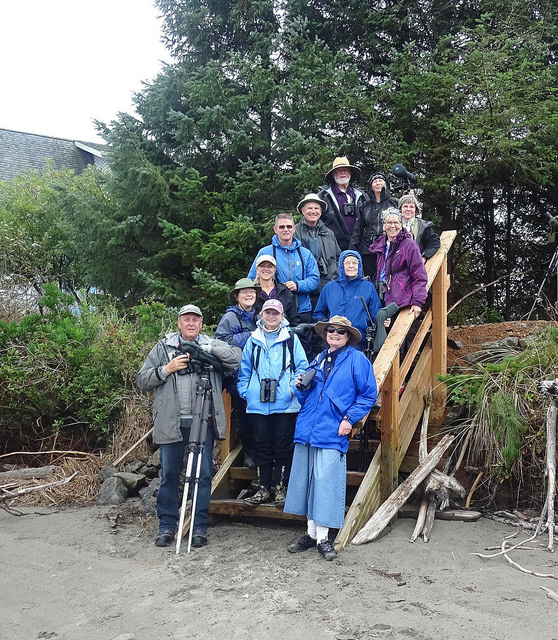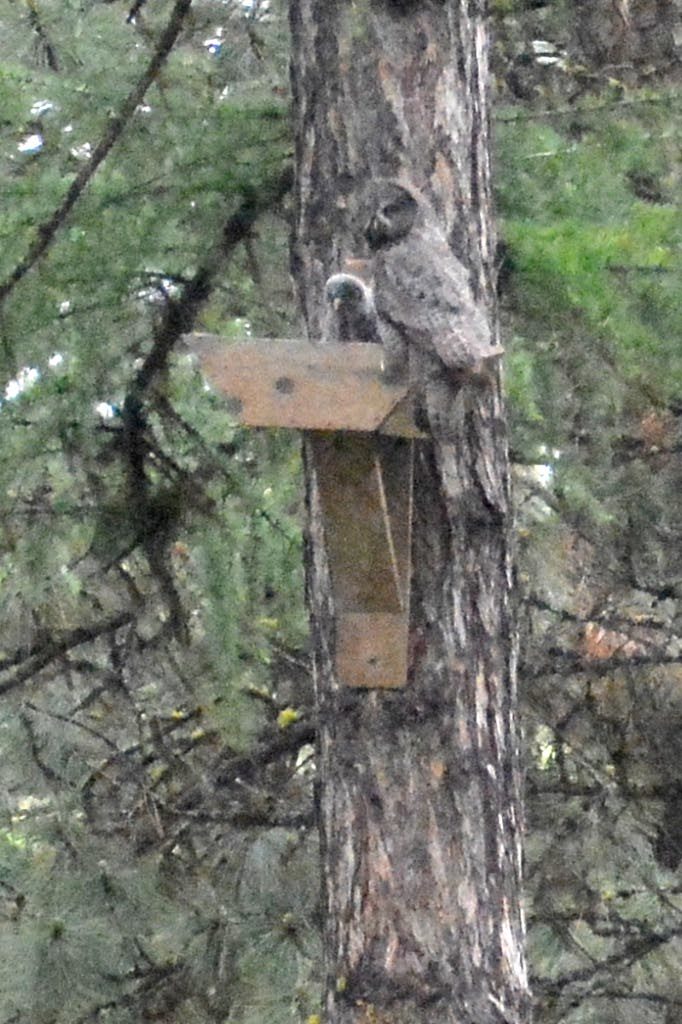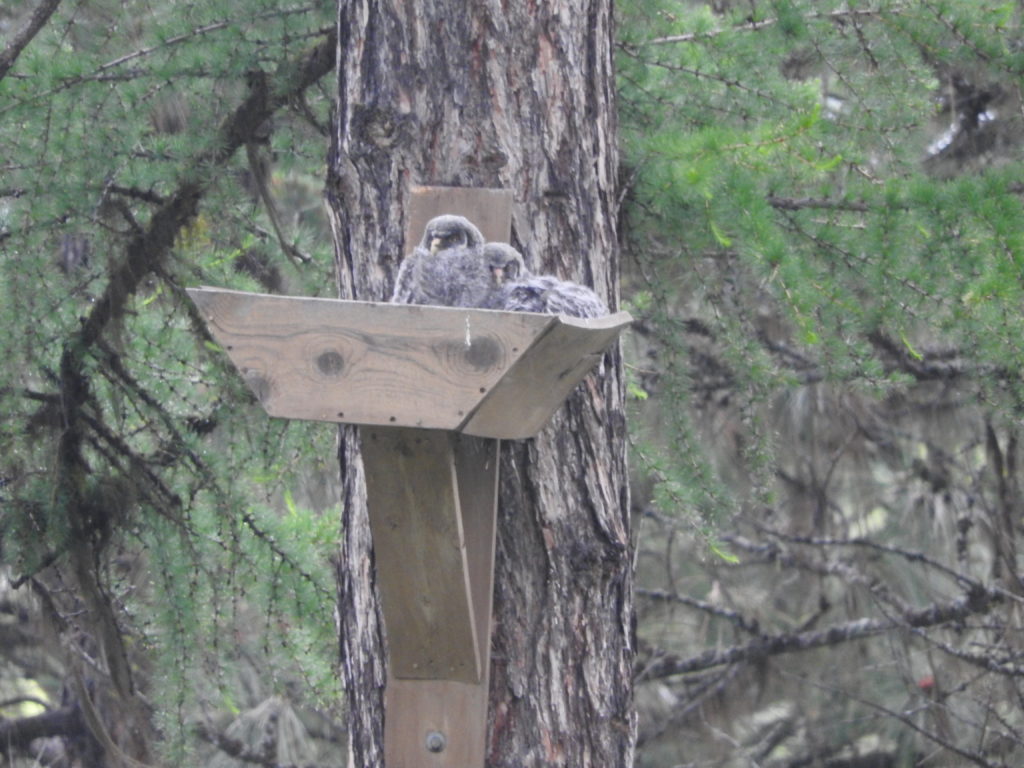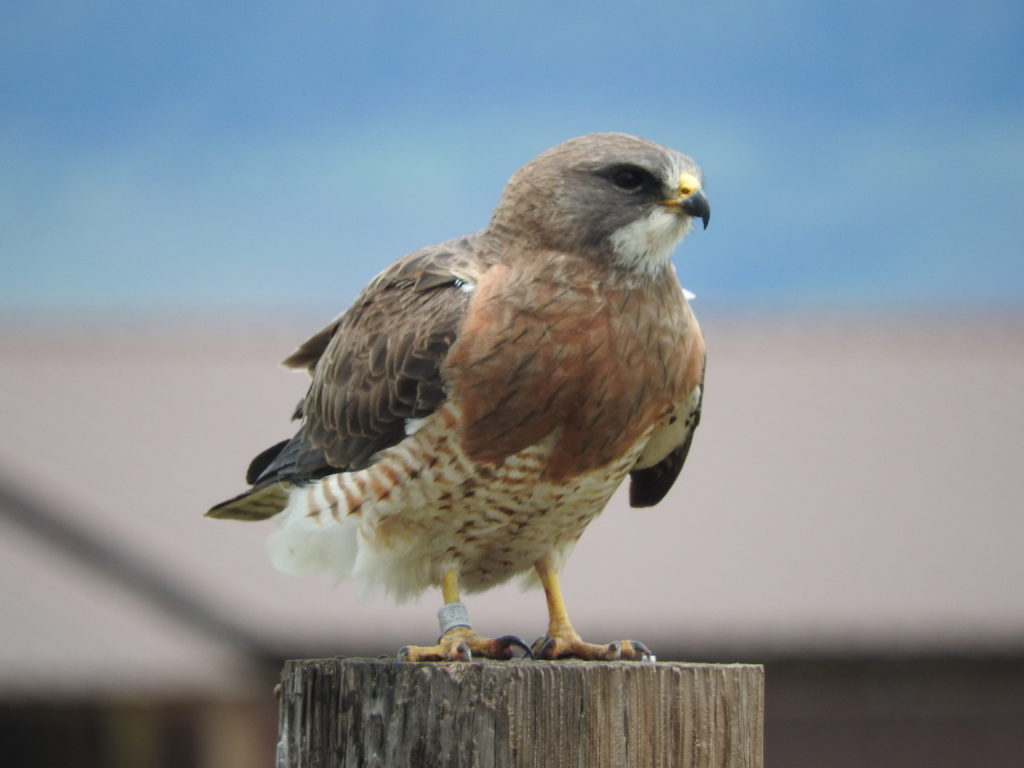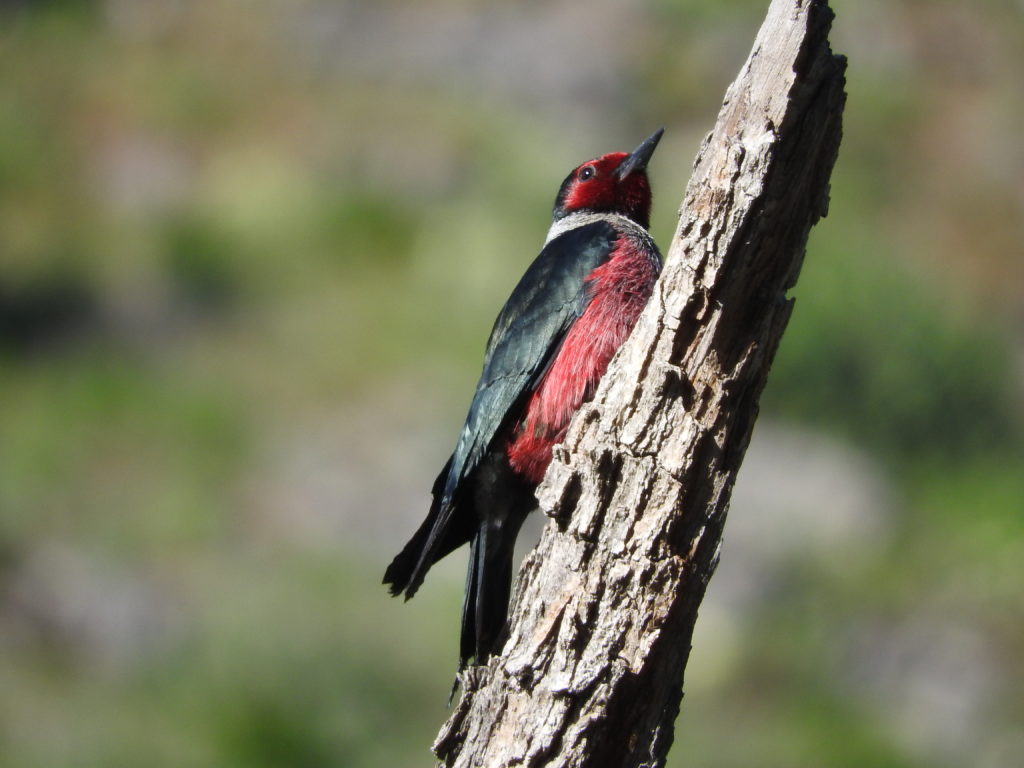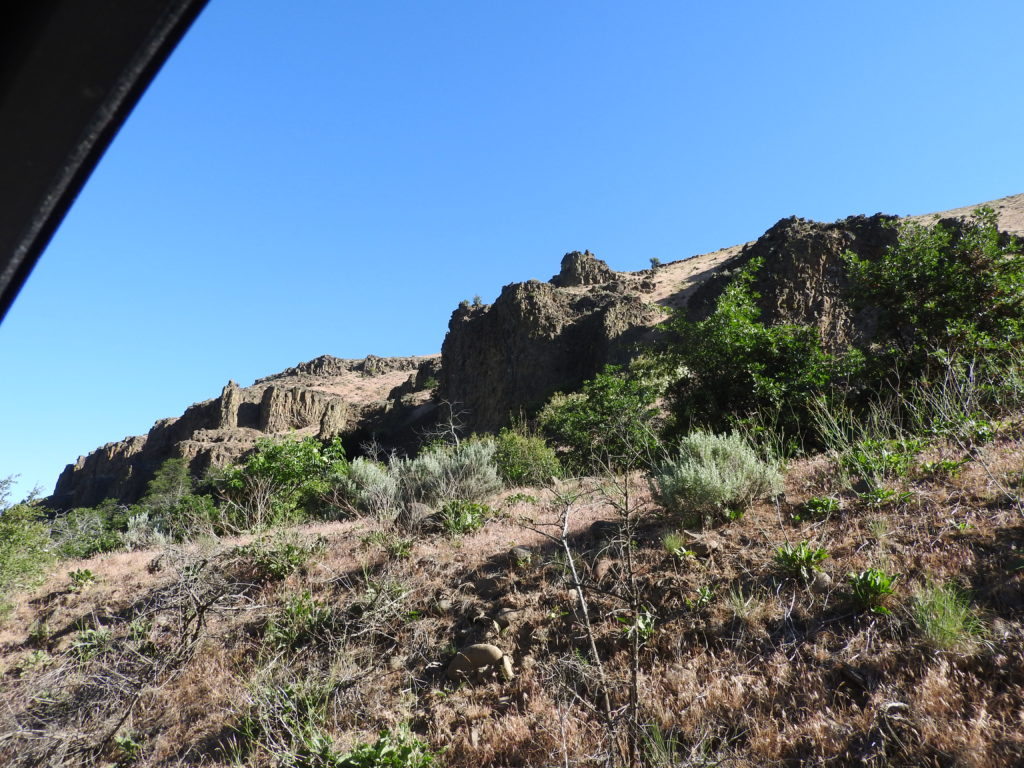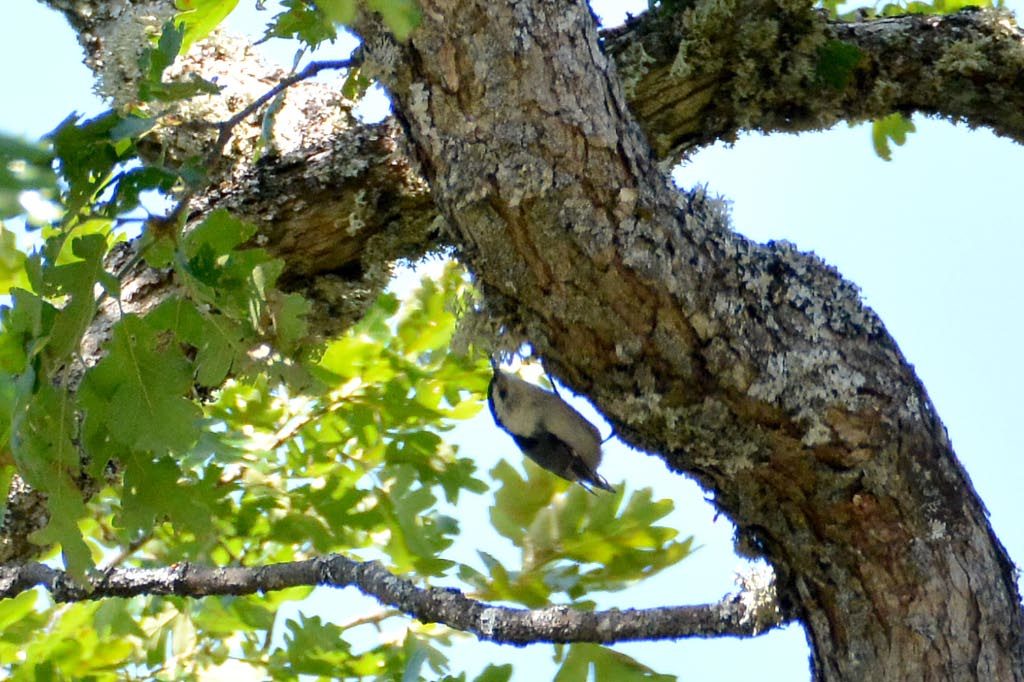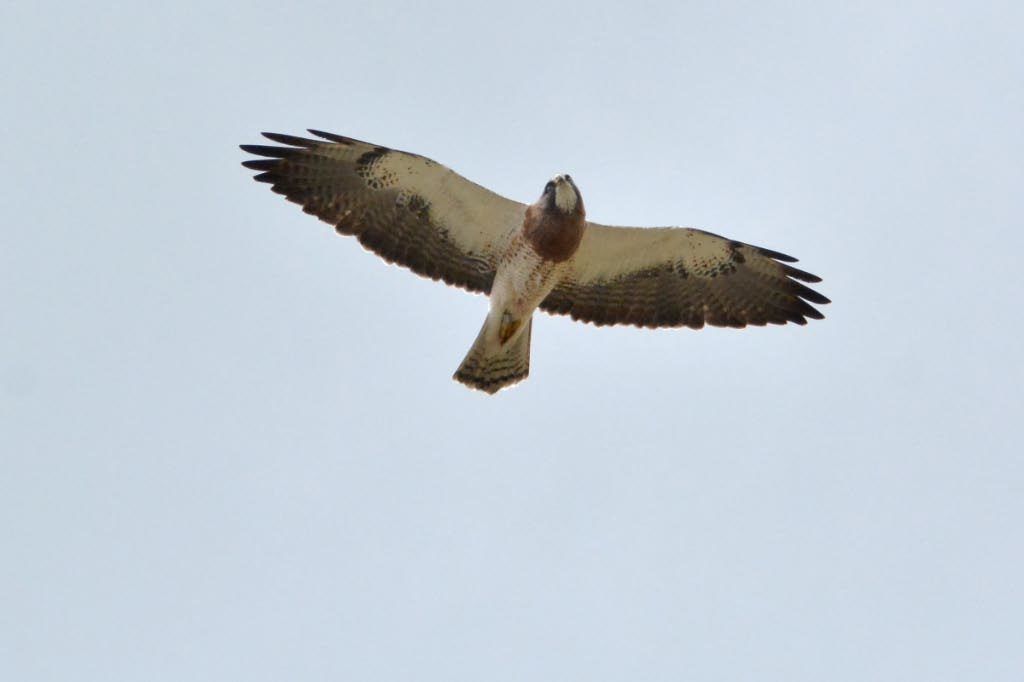
Lark sparrow was a lifer for at least one of us seen on the last day at the Moses Lake Rookery entrance road.
Ken Brown led a trip to NE Washington from Thursday June 29- Sunday July 2 and we visited many of our old favorite sites and a few newer ones while totaling 148 species.
We met at the Snoqualmie Pass Reststop at 7:25 AM after hitting tough traffic and being tardy for our 7 AM meet-up. From there we headed east, our first birding stop at the Winchester Wasteway Ponds where we looked for and did not find American Avocet and Black-necked Stilt. Killdeer was the only shorebird there. We went on to Sprague Lake in Adams County, where among 42 species our favories were a Grasshopper sparrow who atypically sat on a fenceline giving great views to all and Black terns and Franklin’s Gull giving distant looks thanks to Chazz who scoped them just as we were about to leave. See Heather Voboril’s photos of the GRSP on our href=”http://ebird.org/ebird/pnw/view/checklist/S37870375″ target=”_blank”>ebird list. Additional Thursday stops were at the Sprague WTP, a stop for Burrowing Owl on the Sprague Hwy which was seen only by a few when it flushed and went into hiding in the tall grass, Brown’s Lake, the Reardon Ponds good for waterfowl, Newton Road and the vicinity in Valley trying without luck for Bobolink but surprised to hear Sora, and Hafer Road where at mid-afternoon Clay-colored Sparrow was not found. We had dinner at Subway after sweating and waiting in an upstairs Mexican Restaurant without even getting a menu, and headed for Little Pend Oreille NWR Cottonwood Campground for the night. On the way in we saw and heard Common Nighthawk and a small flock of 8 Wild Turkey as the sun set.
We camped at the Cottonwood Campground, and were up early. Heather saw a cow moose near the port-a-potty about 4 AM, but most of us slept a bit later and missed seeing a moose. We started birding at 7 AM after breaking camp and having an early breakfast. Birding was slower than is usual at the campground, missing American Redstart but seeing the expected Red-eyed vireo along with it’s genus-mates Warbling and hearing Cassin’s vireo. At the Headquarters we got the two expected hummers, Caliope and Black-chinned, but again missed AMRE. On the Auto loop our favorites were a family of White-headed woodpeckers at a nest hole see photos, along with Gray catbird and a good variety of other species. At Amazon Creek Marsh the vegetation was filling in the wetlands more than we’d remembered and we struggled for brief looks but prolonged listens to American Redstart and Northern waterthrush. We headed for Big Meadow Lake Campground to set up for the night, but despite getting there about 2 PM it was full. We anguished over how to proceed. We decided to skip birding there and look for another place to stay. It was fortunate we did as we barely found the last two sites an an unexpectedly nice campground Edgewater Campground nearby. We set up camp, looked around a bit, and drove back to Iona for dinner. This worked out pretty well. Bruce Labar heard a Western Screech Owl call once after most of us were sleeping, and Chazz and Donna heard a Common Poorwill early the next morning. Most of us just slept well ;.)
Saturday we were up early to head for Salmo Pass. There we got great looks at American three-toed woodpecker, fleeting looks at Boreal chickadee (see Heather’s photos) and really enjoyed seeing Pine Grosbeaks. After the pass we drove almost to the Salmo Mountain Lookout, stopping at the parking lot just below the tower, where we added Mountain Bluebird, heard and saw Townsend’s solitaire, and on the way back down had great looks at American three-toed woodpecker (though disappointed after some of us initially thought it was BBWO) see photos Before heading for a much needed shower and bed in Colville, we made a stop to see the Mill Pond chute.
Sunday we made up for missing Clay-colored sparrow by showing up earlier, and immediately heard them singing and everyone got great looks at both adults and juveniles on Hafer Rd. Heather got nice photos. and next we tried really hard for Bobolinks again in Valley. No luck but nothing beats morning in a marsh, and we really had fun seeing close-in fly by looks at both Wilson’s phalarope and Black tern. See e-bird list for photos. Next were killer looks at Ferruginous Hawks outside Odessa (see great photos by Heather) before driving to the rookery at Moses Lake for Black-crowned Night-heron and Lark Sparrow. The trip home was uneventful and I at least enjoyed my own bed last night. Another great ABC trip. Thanks to Ken for leading, Heather for being our photographer, and all for coming.

